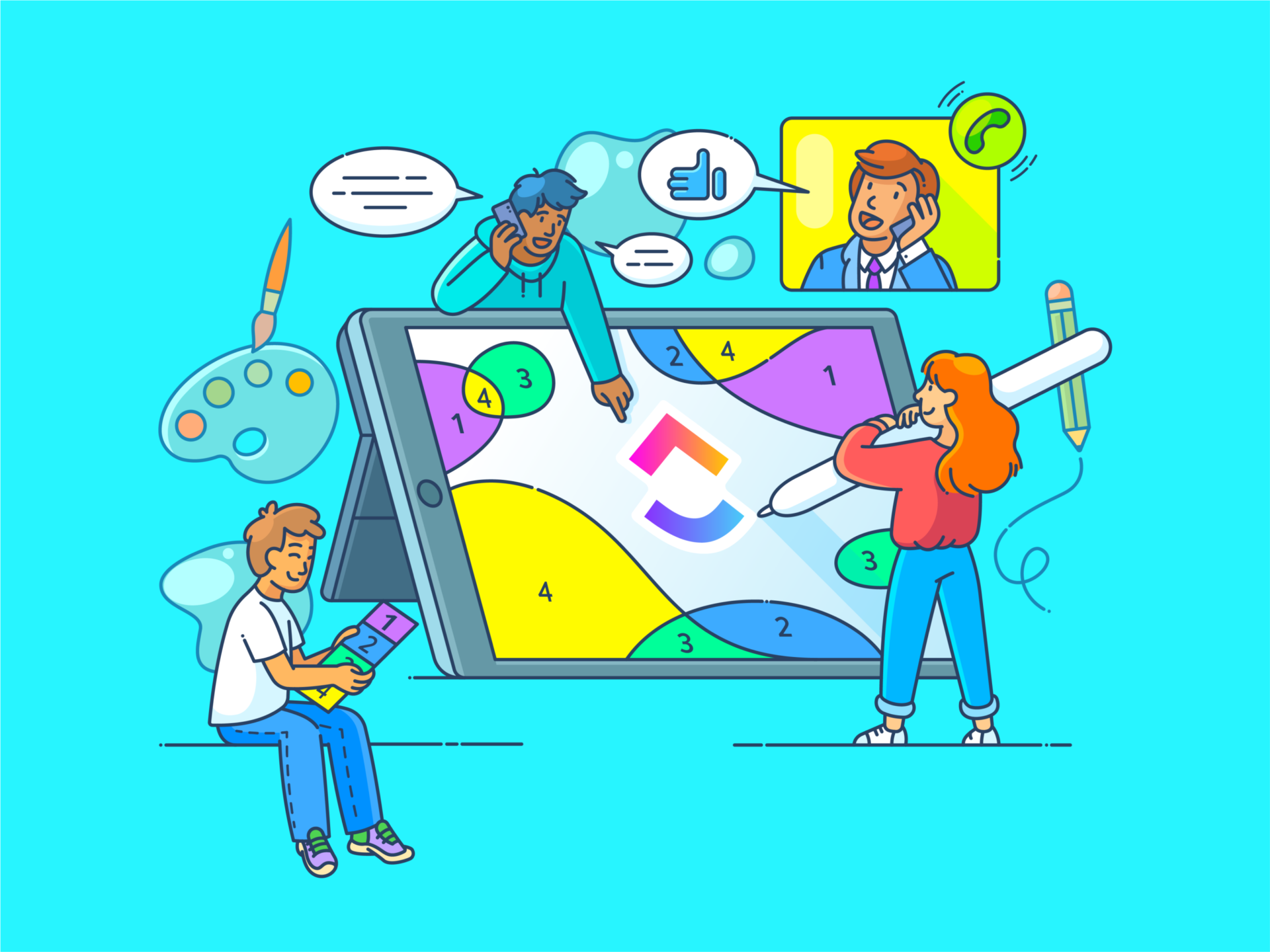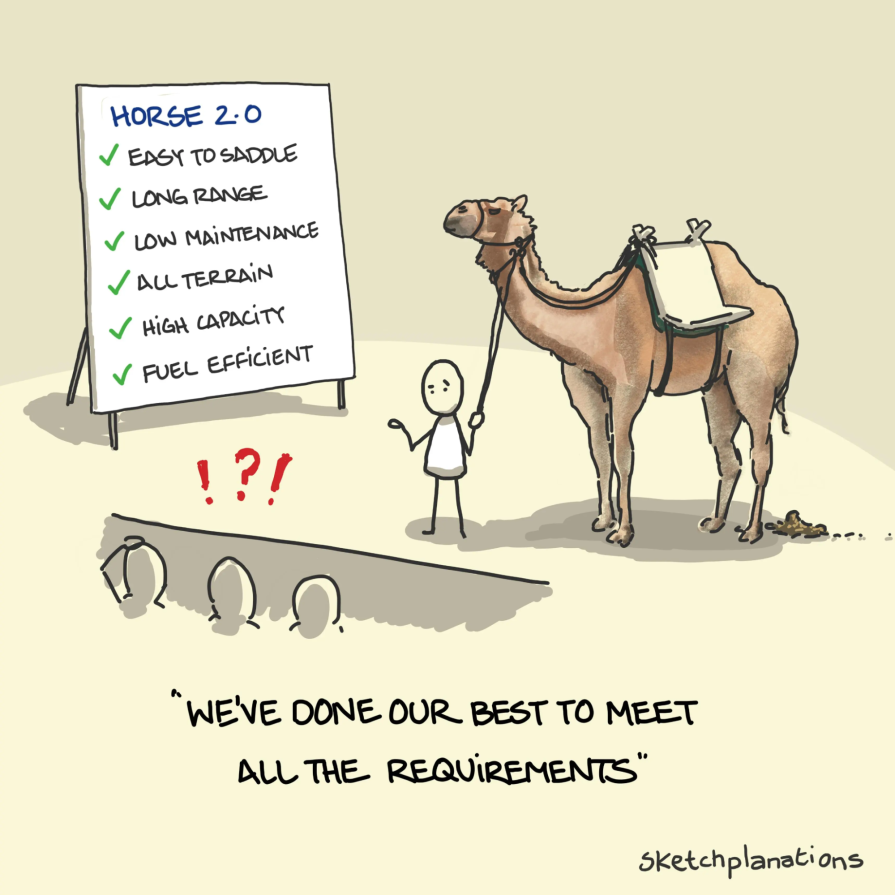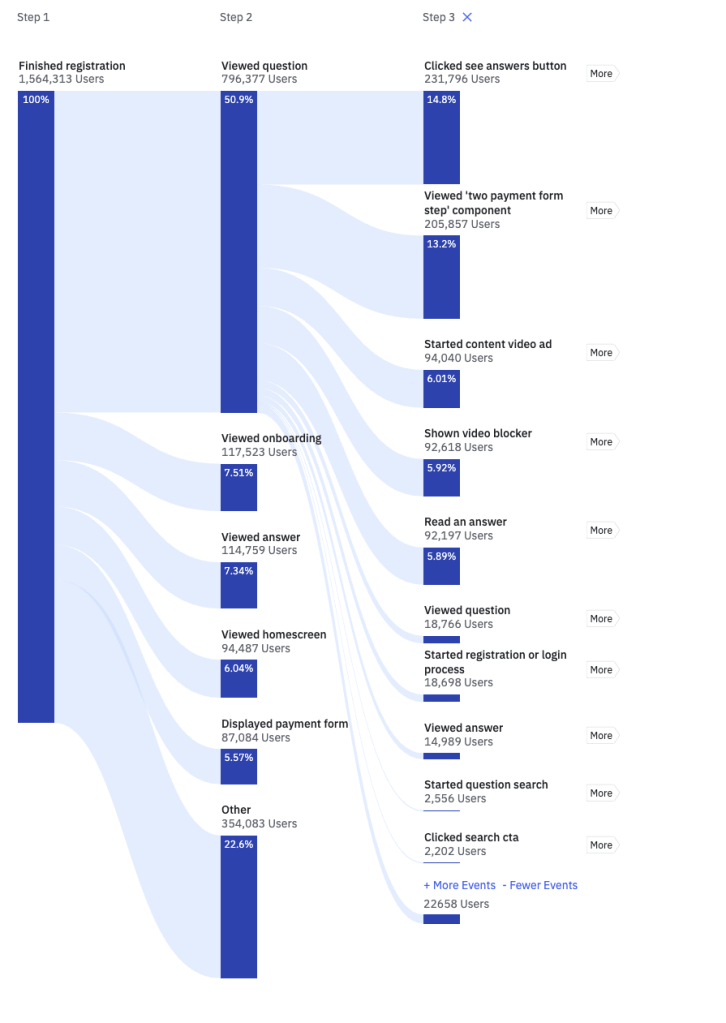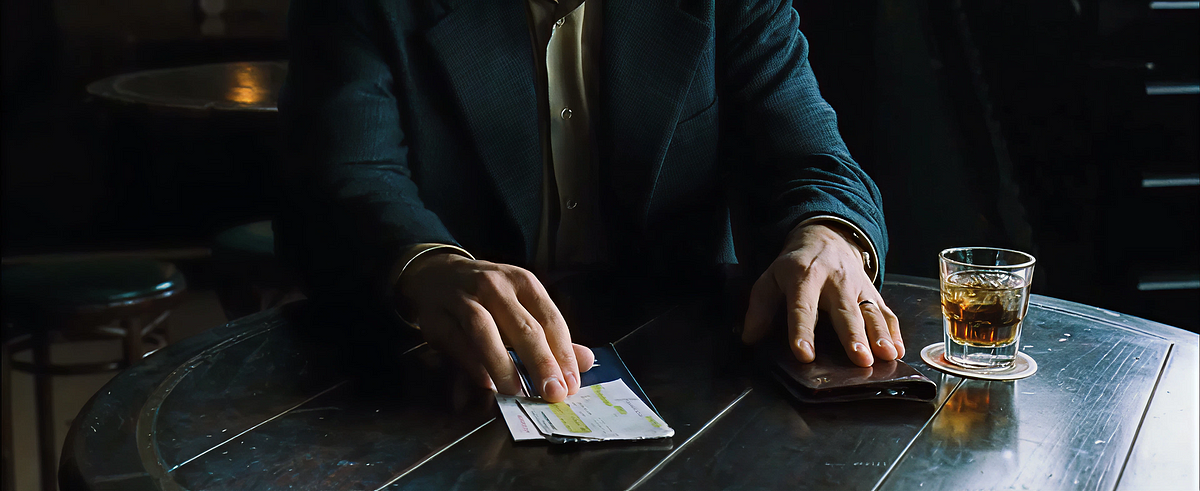#design-process
#design-process
[ follow ]
#user-experience #ux-design #prototyping #product-design #architecture #creativity #feedback #design-thinking
fromSmashing Magazine
1 month agoFrom Prompt To Partner: Designing Your Custom AI Assistant - Smashing Magazine
What if your best AI prompts didn't disappear into your unorganized chat history, but came back tomorrow as a reliable assistant? In this article, you'll learn how to turn one-off "aha" prompts into reusable assistants that are tailored to your audience, grounded in your knowledge, and consistent every time, saving you (and your team) from typing the same 448-word prompt ever again. No coding, just designing, and by the end, you'll have a custom AI assistant that can augment your team.
Artificial intelligence
Books
fromdesignboom | architecture & design magazine
1 month agotadao ando's sketches and drawings catalogued in upcoming book by taschen
Hand-drawn sketches and technical plans reveal how Tadao Ando's memories of light and geometry shape instinctive gestures into monumental concrete architecture over five decades.
fromMedium
1 month agoCase studies are the real product
Designers at every stage - whether seasoned professionals or juniors just starting out - tend to place enormous emphasis on the final artifact. The polished app mockup. The slick responsive website. The cleverly executed logo. These artifacts feel like the fruit of our labor, and naturally, we take pride in them. A finished design is tangible. It's something you can click, hold, or admire on a screen. It feels like proof of progress and evidence that you did something real.
Design
fromMedium
2 months agoDesign Process: Methodical versus Bloated
The topic for this article is in reality a sequel to one I wrote about in 2024 (you can read that first installment here). In that article I explained the reasons as to why the Design Process can at times be perceived as a lengthy one, and what factors influence it. I also provided some color to this topic courtesy of some products and engagements I went through in the past that are revelatory of processes that can be labeled "long" and "short". This "sequel-article" is a more succinct follow up, and I'm aiming to dispel the concept of Process as something bloated. Hopefully what I'm about to write will spark some conversations/discussions/reflections, which is ultimately what I always aim to be a catalyst of.
UX design
Mobile UX
fromSmashing Magazine
2 months agoUX Job Interview Helpers - Smashing Magazine
Preparation is essential for a successful UX job interview.
Asking insightful questions and actively listening are crucial during interviews.
Understanding the position and its title is important for defining responsibilities and salary.
Craft compelling stories about design work to demonstrate its impact.
[ Load more ]
















